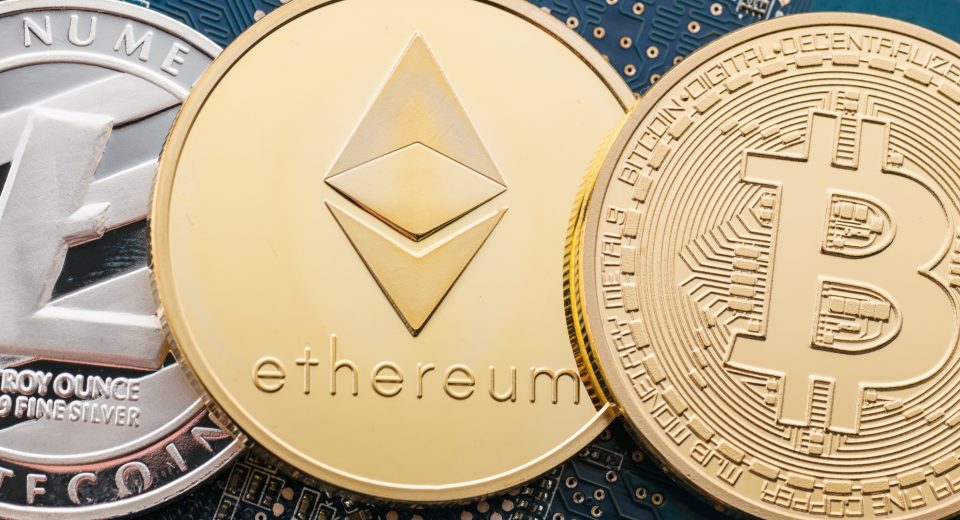XRP started the year with a bang. By January 4, 2018, XRP/USD was trading at a price of $3.75, the highest so far. But like other cryptocurrencies, the following weeks saw a steady decline in the value, owing to large regulatory pressures. In April 2018, reports of the global banking giant, Santander, launching its own blockchain-based application for cross-border transactions started doing the rounds. Since the application was to be built on technology provided by the Ripple platform, Ripple gained 5.24% against the US dollar by the end of the month.
In May 2018, the crypto coin again faced a setback, after getting into a lawsuit which claimed that the company raised millions through the sale of unregistered tokens. On May 5, 2018, the currency saw a drop of 0.49% against the US dollar, after a week of steady gains, settling to a figure of $0.90. By May 14, 2018, XRP/USD was at $0.76. There were reports of Japanese company Mitsubishi UFJ Financial Group (MUFG), the fifth largest bank in the world and a client of Ripple, launching its own MUFG coin.
In partnership with Apple, which will be using Ripple technology for building installment records and administration files, experts are predicting that the pair could be trading at $10 in the near future. On May 23, 2018, the pair is trading at $0.63.
Like all trading pairs, crypto coins are also affected by factors influencing fiat currencies. Take a look at the list of factors that drive the US dollar.
Factors That Move the US Dollar and Affect the Ripple/US Dollar Pair
- Supply versus Demand: If US exports are higher than its imports, demand for the dollar rises, as consumer countries have to pay in USD. The US government and large American corporations issue bonds to raise capital, which are paid for in dollars by foreign investors, which again increases the dollar value. The dollar is considered a safe haven during times of global economic uncertainty. Therefore, demand for the dollar persists despite fluctuating economic performance.
- Inflation and Interest Rates: Decisions by the Federal Reserve regarding US monetary policy influences the performance of the dollar. A higher interest rate usually signals a stable and growing economy. Traders look for announcements by the Fed to better understand where the USD is headed.
- Unemployment Rates: The Non-Farm Payroll (NFP) Report is awaited by traders because higher unemployment levels would indicate weakening consumption, which would mean that the economy is slowing down. The US government will then have to resort to selling off bonds and stocks to revive the economy. These bonds and stock are bought by foreign investors in their own local currencies. So, the value of the dollar diminishes. The NFP report is a key economic indicator for the USA.
- Tax Cuts: Tax cuts fuel consumer spending, leading to diminishing tax deficits, which is good for the currency. When taxes are raised, personal spending is reduced but government spending increases a great deal.
- GDP Forecasts: The total monetary value of all services and goods created in a certain time period is the GDP. A higher GDP can lead the Federal Reserve to increase interest rates, which means foreign investors will flock to the US. Therefore, the dollar will strengthen.
- Retail Sales: Overall sales of American retail goods and services over a certain period of time are reported by the Department of Commerce and Census Bureau. The report indicates the economic health of the country, which has an effect on its currency.
- Wars and Geopolitical Events: The US has a history of getting involved in wars across the world and being a target of terrorist activities. All this has an effect on the dollar value.
Ripple, the parent company, controls a majority of the XRP token supply, thereby controlling demand and supply in the market. The company owns 20% of the total supply of XRP tokens. While this is against the basic decentralised idea of a cryptocurrency, it also means that we might see lesser volatility in the market for XRP. The cryptocurrency market is prone to wide price fluctuations, but experts suggest that the lesser supply of XRP tokens, which are pre-mined, would mean lower volatility and the aspect of centralisation would bring in a kind of market moderation.





